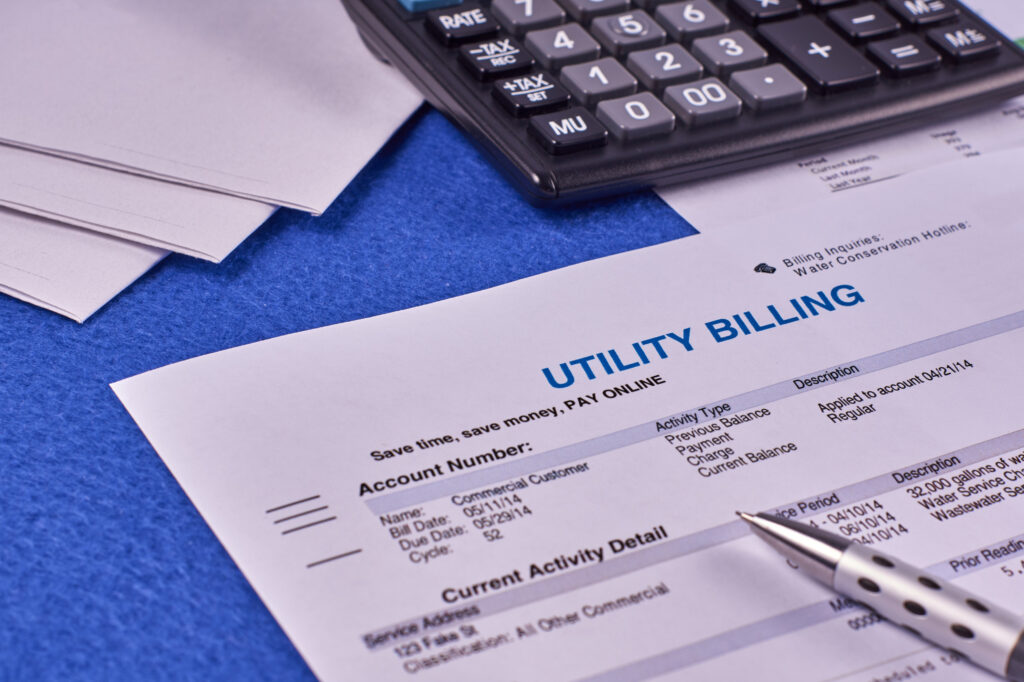How Billing Software Can Help You Collect Late Accounts

The current COVID-19 outbreak has caused a rise in payment delays because of a demand drop for most services. According to a PwC’s COVID-19 CFO Pulse Survey, 71 percent of the respondents are concerned about the pandemic’s financial impact in terms of business operations, capital resources, and liquidity. As such, people are bound to preserve themselves by limiting outward cash flow.
If you are a business owner, late invoice payment is one of the most common problems you will have to deal with during these times. A billing software system can help you get around this challenge.
What is a billing software?
Billing software is designed to track and handle billing transactions and customer invoicing for products and services. It automates much of the time-consuming processes of preparing invoices, sending these to recipients, and tracking the payment progress.
Due to the economic effects of the pandemic, more and more businesses are moving their transactions online to remain accessible to their customers. Because of this, the demand for automated billing solutions is rising.
According to a Zion Market Research report, the market for billing management and global subscription services was valued at $3.8 billion on 2018. By 2025, this value is expected to reach $10.5 billion.
From a US Bank’s study, 82 percent of small businesses fail because of poor cash flow management. Even before the COVID-19 pandemic, small businesses in the United States face an estimated $825 billion of unpaid invoices. On average, they only have 27 days worth of cash reserves, leaving them very little room when it comes to spending.
As such, you would have to expect more delayed payments during these times. You are faced with the challenge of maximizing your resources while reducing costs. But without enough cash, you will not be able to improve other areas of your business. You can take advantage of the billing software technology to minimize delayed payments and help you collect late accounts.
What are the features of a billing software?
One of the unique selling points of this software is that it is electronically based. During this time that contactless transaction is highly encouraged to minimize the spread of coronavirus, you do not need to send paper copies to your invoice recipients. With a billing software, your accounting manager can:
- Create a new invoice;
- Create client records;
- Accept credit card, PayPal, or other modes of payment;
- Personalize the available templates to align with your brand;
- Set currency for accepting payments, issuing receipts, and managing taxes; and
- Make tax reports.
Before you start working with a potential client, you discuss with them the invoice payment terms or how you expect to be paid. This way, both of you avoid surprises and you reduce the chances of delayed payments. The terms must include details such as:
- Whether you bill by milestones or hourly;
- Accepted modes of payment;
- Available currencies you deal in;
- Time frames and due dates; and
- Penalties for late payment
What you need to know if you want to get paid on time
With a billing software, you get a complete overview of a client. You can review their previous transactions in your company, what they avail from you, what they use to pay you, and other details. No need to spend more time on monthly billing, as you can already set up recurring payments.
Due, an online payment service, analyzed more than 250,000 invoices and here’s what they discovered:
- Putting terms on your invoice will get you 1.5x more likely to get paid;
- Adding your company logo to the invoice will get you 3x more likely to get paid;
- Putting a due date on your invoice will make it 8x more likely to get paid on time; and
- Having more than 4 people on the invoice will make it 2x less likely for you to get paid.
How about late accounts?
A billing software allows you to set up automated overdue reminders that your clients will receive through email, text, or other electronic means. This is a gentle way for you to nudge at your clients while maintaining the best possible relationship with them.
If a month has passed and there is still no payment, you can send another electronic reminder or even call the person. Make sure to include the copy of the invoice along with the delayed payment charges, as well as how long it has been that their payment is overdue. This transparency on both sides is made possible through a billing software.
Case study in improving payments
A global equipment manufacturer, which was a client of Capgemini, wanted to increase the number of invoices paid on time. Its credit position was deterioration because 30 percent of its total number of invoices was suffering late payment.
With help from Capgemini, the company was able to simplify some methods that can guarantee timely payments including:
- Extending the direct debit method for suppliers;
- Implementing payment terms review;
- Introducing automatic payments; and
- Using OCR (Optical Character Recognition) to convert invoices into electronic formats.
As a result, the company’s timely payments increased to around 90 percent globally, enhancing its relationship with suppliers.
What’s in it for you?
In 2019, according to ReportLinker, the global market for cloud billing lies already at $6,659.46 million. This means more and more businesses benefit from using this technology in terms of maximizing their resources and remaining competitive. This number is expected to grow to $12,865.08 million in 2025.
Efficiently collecting late accounts start by partnering with a reliable billing software provider. Get started today and keep your business running smoothly.